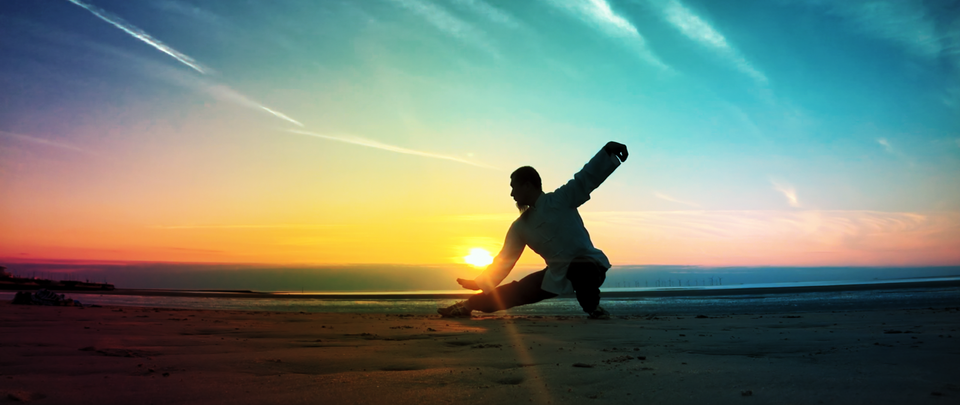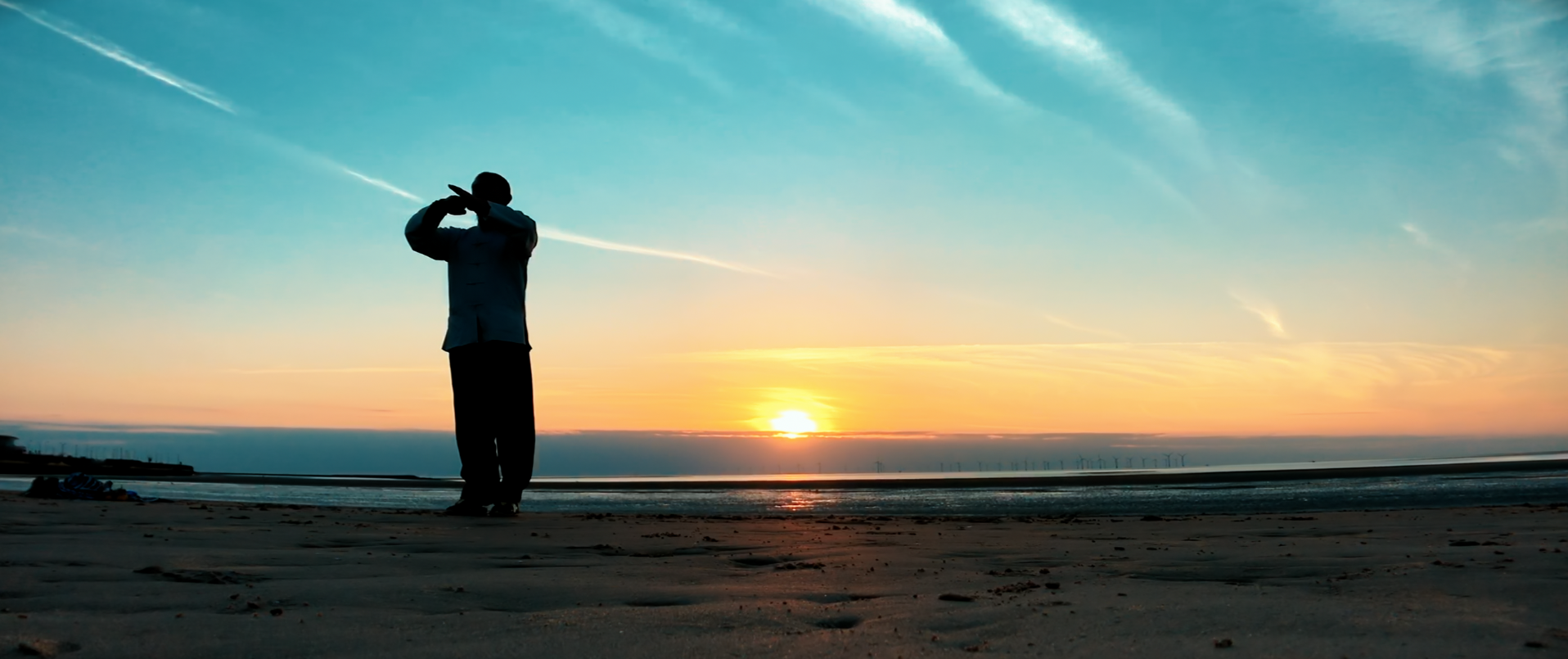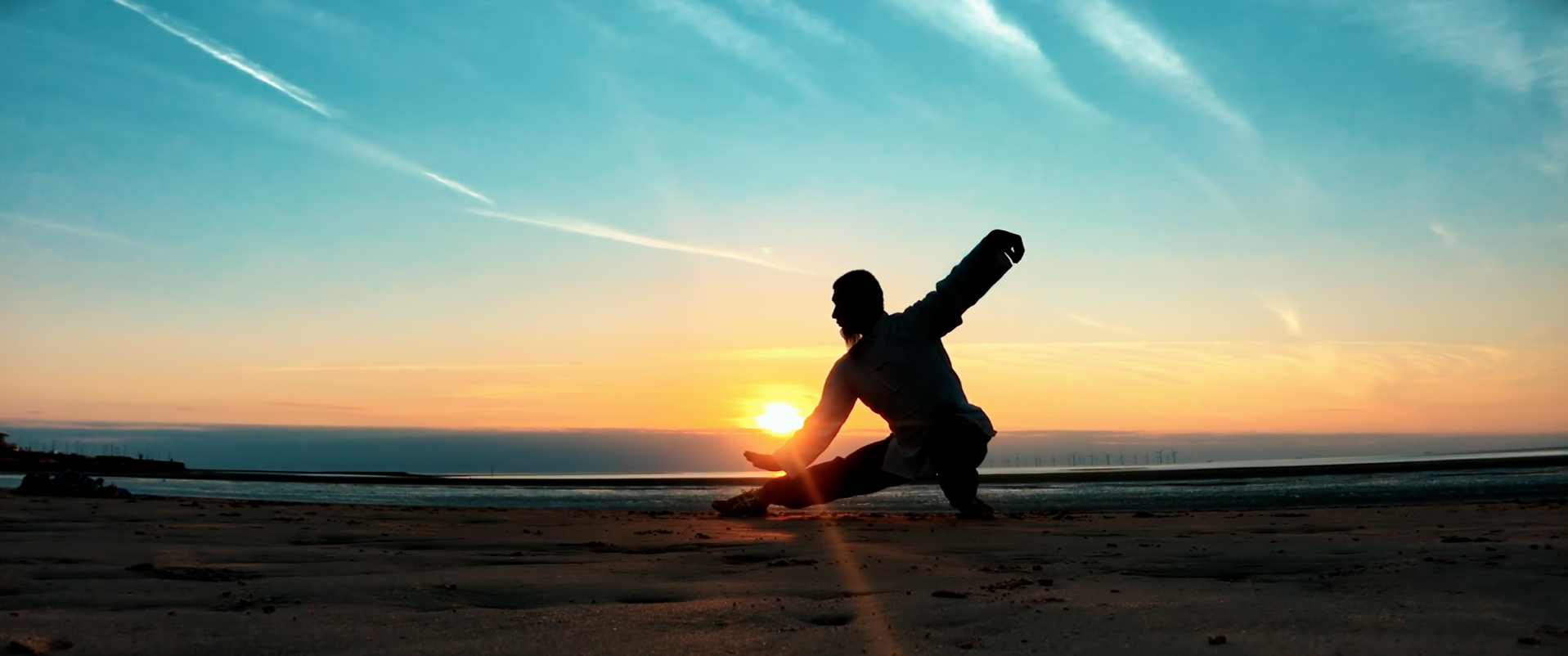Acrobatic Kung Fu with Shaolin Master
Vinnie Camilleri • Apr 03, 2019
Master Xingbo Liu & Huicong Liu Perform Acrobatic Kung Fu.

Shaolin Temple trained Master Xingbo Liu & daughter Huicong Liu perform acrobatic Kung Fu. Watch the video HERE
The Shaolin Temple
The history of the Shaolin Temple is as much the history of an idea as it is the history of a building and its occupants. It’s an idea which the current abbot, Shi Yong Xin, has recently been trying to reclaim. In 1994 he registered ‘Shaolin’ and ‘Shaolin Temple’ as trademarks and set up a company to manage the intellectual property rights. Indeed in modern days the temple has aggressively defended its copyright and its image. For instance, in August 2007 a representative of the temple demanded an apology from an internet user who claimed that a Japanese ninja had defeated Shaolin monks in unarmed combat.The Olympic chief, Jacques Rogge, and other VIP's are just some of the foreign dignitaries who have made official visits to the monastery. However, it only in recent times that the Shaolin Temple, in Henan province in southern China, has enjoyed this kind of official status. In the 1980s the Chinese government restored the monastery and began to celebrate this symbol of its heritage. It is perhaps fair to say that the temple owed its revival to the impact of popular culture. Jet Li’s 1982 film, called the ‘Shaolin Temple,’ was shot on location and its great success helped to spread the name. The Seventies had already seen Bruce Lee and the television series ‘Kung Fu’ stamp the legend of Shaolin into popular consciousness.
Until its modern renaissance, the golden age of the monastery has been said to have been during the Tang dynasty (618-907 AD). Thirteen warrior monks assisted the emperor and as a result Shaolin was designated as the ‘Supreme Temple.’ Much of the history of the monastery is intertwined with its myth. The Shaolin Temple has been hailed as the cradle of the martial arts, often by its own teachers. This could just be a means of describing a great institution, rather than the more implausible claim that it originated kung fu or organised martial schools.
Bodhidharma, or Da Mo, is said to have been an Indian prince who became a Buddhist monk and travelled to the Shaolin Temple in 527 AD. Among the legends associated with this character are that he crossed the Yangtze river on a reed (or small boat) and meditated in a cave for nine years before entering the monastery. The cave is a venerated site near the temple to this day. He is reputed to have found the monks to be too weak to practise mediation and so, in order to keep them strong, taught them external exercises, known as Eighteen Lohan Hands, and taught them internal forms, known as the Classic of Sinew Metamorphoses, to keep them healthy.
The Shaolin Temple is said to have been founded earlier, in 495 AD, by another Buddhist monk, Ba Tuo, with the support of the Emperor of the Northern Wei Dynasty. Situated at the Song Mountain, the Central Sacred Mountain, the temple was frequented by generals and Emperors. It is likely that retired soldiers were among the monks in the temple. It is probable that martial arts were known and even practised at the temple throughout its history. But the unique aspect of Shaolin culture is the combination of martial training with Chan (the Chinese equivalent of Zen) Buddhism. The art of combat was sublimated into the monks’ spiritual development. This violence is captured in a moral framework. The monks could not kill or use certain forbidden techniques. The skill is refined and the training becomes part of the practitioner’s progress into the Chan discipline.
Shaolin Kung Fu
In the practice of Shaolin kung fu there is one central idea to enable the students to be successful and that is the need to understand that Ch'an Buddhism is at it's heart. Other schools of martial arts do not have this spiritual centre. Ch'an Buddhism is the propelling force behind Shaolin kung fu.
Share
Tweet
Share
Mail
VINNIE CAMILLERI'S BLOG

by Vinnie Camilleri
•
14 Apr, 2019
Goodnight Sienna, Relaxing, Peaceful Sleep Music is a 30 minute beautiful peace of music with the lush sound of the ocean waves to aid you having a peaceful deep sleep.
Available for download HERE
Reducing Stress
Listening to soothing music that relaxes your body and elevates your mind can significantly reduce how much stress you feel. Relaxation music helps you connect to your inner peace. When you quiet your thoughts and feel your source of peace within, it's like having a stress-proof field around you. Reducing stress not only makes you feel much better, it can also bring improved health.
More Fulfilling Yoga
To get the most out of Yoga, you need to slow down your breathing and stay in the present moment. Relaxation music and yoga music helps your mental chatter fade effortlessly away and you will find that you are able to reach each pose more deeply and hold them longer. Yoga then becomes a more enjoyable and more fulfilling experience.
Relax Your Body
Whether you're enjoying a soothing hot bath at ho

by Vinnie Camilleri
•
14 Apr, 2019
Calming Tai Chi Music to bring balance & harmony while you flow to the rhythm of the universe.
For Healing, Energizing, Meditation, Mind, Body & Spirit. ☯
DOWNLOAD TAI CHI MUSIC HERE
As a Musical Artist, Vinnie invests his soul and imagination into every project that he works on.
Trained in the exclusive Liverpool Performing Arts School, he has several years of experience in the field with successful projects and campaigns.
Vinnie has been one of Liverpool's most sought after musicians.
Tai Chi Music.
Vinnie became a student of Shaolin Temple trained Master Xingbo Liu who runs China Spirit UK, A Martial Arts school in Merseyside, where he studies Tai Chi.
Vinnie was inspired by Sifu Xingbo Liu & composed Tai Chi music that reflects the mood & rhythm of Master Xingbo Liu.
Benefits of Tai Chi
Balance:
Tai Chi movements are steady and slow, shifting from one side to the other with coordinating upper body movements. Theses movements help the core regain balance and reduces the risk of falling in elderly

by Vinnie Camilleri
•
14 Apr, 2019
Goodnight Sienna, Relaxing, Peaceful Sleep Music is a 30 minute beautiful peace of music with the lush sound of the ocean waves to aid you having a peaceful deep sleep.
Available for download HERE
Reducing Stress
Listening to soothing music that relaxes your body and elevates your mind can significantly reduce how much stress you feel. Relaxation music helps you connect to your inner peace. When you quiet your thoughts and feel your source of peace within, it's like having a stress-proof field around you. Reducing stress not only makes you feel much better, it can also bring improved health.
More Fulfilling Yoga
To get the most out of Yoga, you need to slow down your breathing and stay in the present moment. Relaxation music and yoga music helps your mental chatter fade effortlessly away and you will find that you are able to reach each pose more deeply and hold them longer. Yoga then becomes a more enjoyable and more fulfilling experience.
Relax Your Body
Whether you're enjoying a soothing hot bath at ho
© 2024
All Rights Reserved | Vinnie Camilleri
© 2024
All Rights Reserved | Vinnie Camilleri
© 2024
All Rights Reserved | Vinnie Camilleri
© 2024
All Rights Reserved | Vinnie Camilleri
© 2024
All Rights Reserved | Vinnie Camilleri






